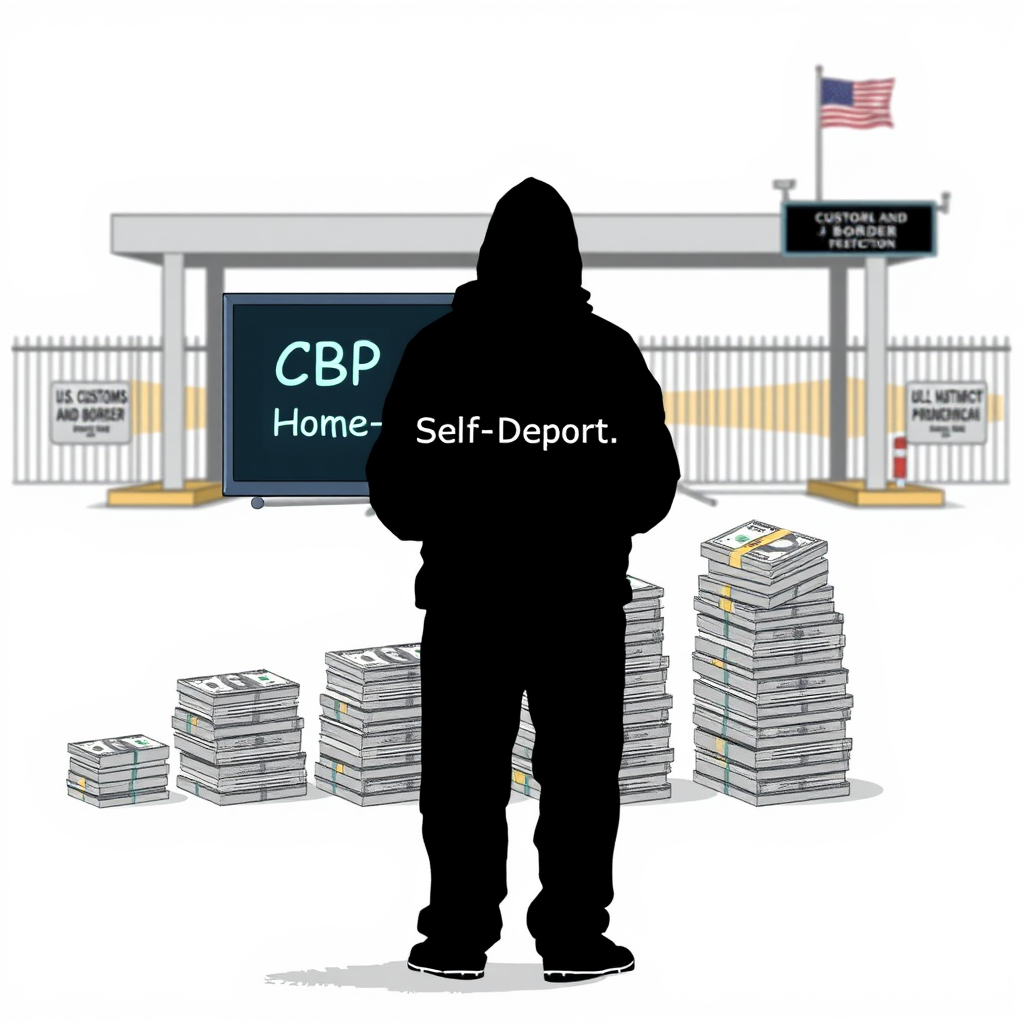Trump Plans Massive Fines, Seizures for Migrants

The Trump administration is reportedly preparing to reinstate and aggressively expand a policy allowing for substantial daily fines against migrants subject to deportation orders – potentially reaching $998 per day – and the seizure of their assets if those fines go unpaid. Documents reviewed by Reuters reveal a renewed push to enforce a 1996 law, initially utilized during Trump’s first term and subsequently halted by the Biden administration. This revival aims to target the approximately 1.4 million migrants currently under final deportation orders.
The plan, driven by White House officials including Stephen Miller, involves retroactively applying these penalties – potentially extending back five years and resulting in fines exceeding $1 million per individual. Government emails indicate pressure on U.S. Customs and Border Protection (CBP) to administer the fines and manage asset seizures, though a CBP memo raises concerns about the agency’s capacity, estimating a need for 1,000 additional paralegal specialists. The Department of Justice’s civil asset forfeiture division is also being considered as a means of seizing property.
The Department of Homeland Security (DHS) spokesperson, Tricia McLaughlin, stated that migrants should utilize the CBP One app (rebranded as CBP Home) to “self-deport,” warning of consequences – including the daily fines – for those who remain. DHS did not respond to further requests for comment.
This policy raises significant concerns. While proponents argue it’s a legitimate enforcement tool, critics view it as a punitive measure designed to instill fear within immigrant communities. Scott Shuchart, a former ICE policy official, suggests the primary goal isn’t genuine enforcement, but rather the projection of fear.
Furthermore, the financial burden of these fines would disproportionately impact low-income immigrants, with an analysis of 2019 Census data revealing that 26% of households with unauthorized immigrants live below the federal poverty line. The policy also risks impacting U.S. citizens and permanent residents living in “mixed status households,” as asset seizures could affect entire families.
The feasibility of implementing this policy is also questionable, given CBP’s internal assessment of its logistical and staffing limitations. The potential for legal challenges is high, and the policy’s effectiveness in achieving its stated goals remains uncertain. It appears to be a dramatic escalation of immigration enforcement, prioritizing punishment over practical solutions and potentially inflicting significant hardship on vulnerable populations. The focus on fines and asset seizure feels less like a genuine attempt to manage immigration and more like a politically motivated effort to signal a hardline stance, regardless of the human cost.